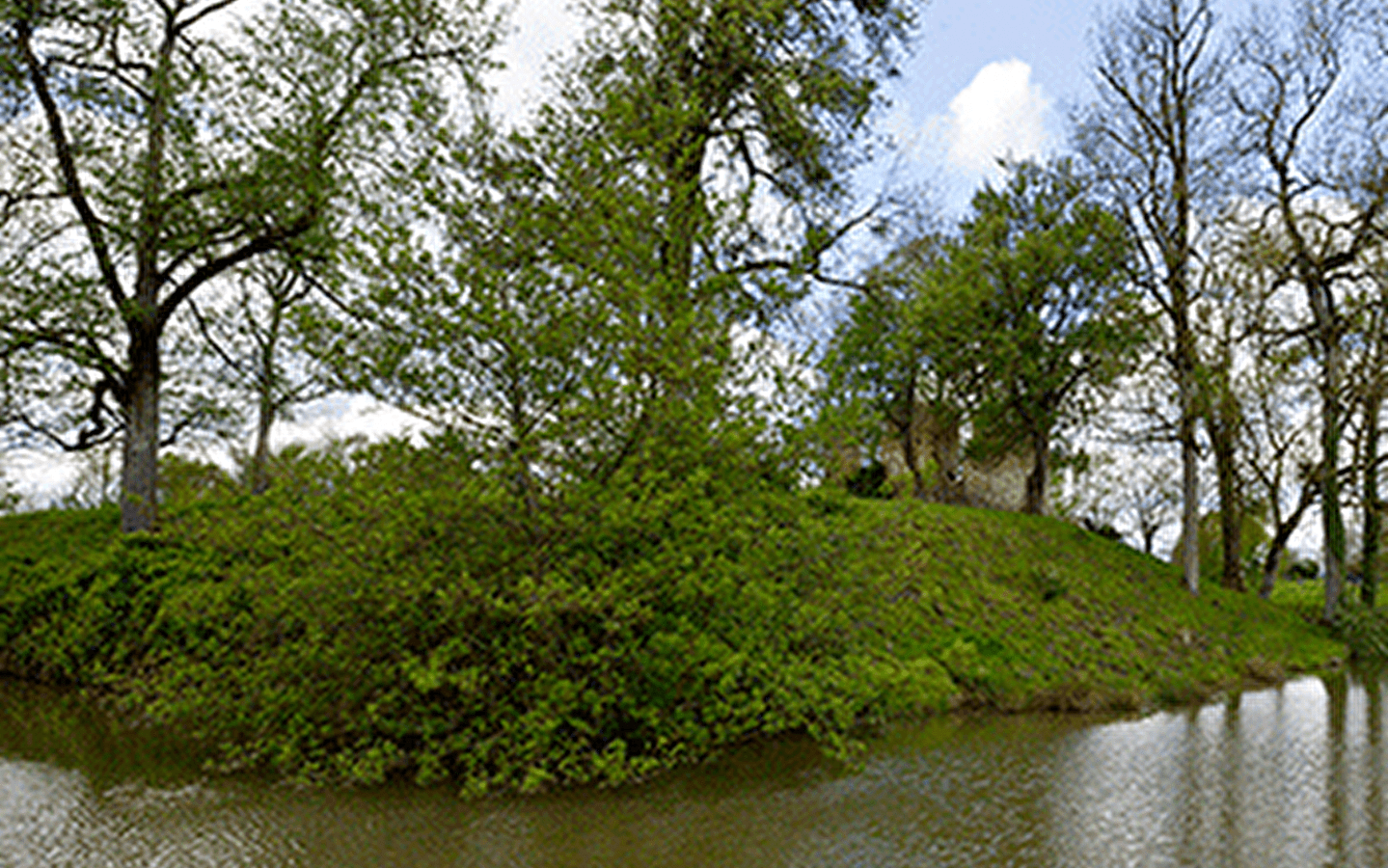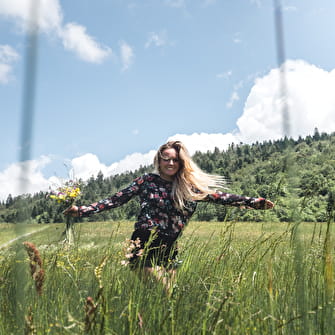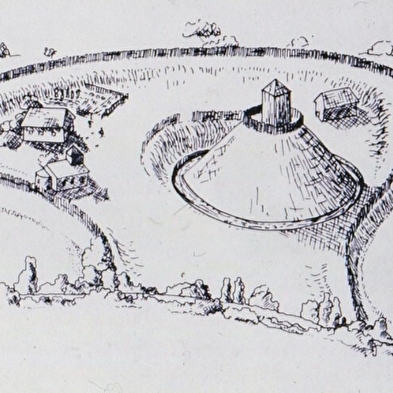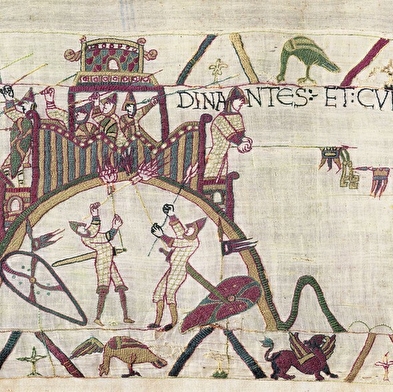
Poype de Jalamonde
Nearby, the hamlet of Balvay (beautiful view, beautiful sight...) may explain the presence of this site.
A very old road also passed on these heights in the direction of Etrez or Bourg en Bresse.
The "poypes" or "mottes castrales" are mounds of earth, often artificial, with a medieval dwelling on top for defensive purposes. Long neglected by historians in favour of stone castles, these "earthen castles" have been rediscovered and studied since the 19th century. In the Ain, a significant density of these remains can still be seen in Bresse and Dombes.
The Italian term "incastellamento" is a term that can be translated as "enchâtellement" and which designates, particularly in the medieval period, the phenomenon of fortification of rural areas by the construction of castles. The real boom in castle building took place in the last quarter of the 10th century. The fortified building became more individual than collective, intended to house a lord and his retinue, a chief and his warriors, and the bailey continued to serve as a refuge for the surrounding peasants.
The characteristic symbol of this new orientation is the motte castrale. Mottes belong to the great family of medieval "land castles", fortified dwellings or residences symbolising a fragmented political power.
These castles take various forms but are always characterised by the development of the land: earthworks, movement of materials to form refuges, platforms and ramparts often completed by ditches and wooden defensive devices.
Today, these fortifications still mark our rural landscapes in a very clear way. Their traces can be seen in the topography, the cadastral division, the contrasts in vegetation and the toponymic signs.
The Rhône-Alpes region is rich in ditched sites, whether they be enclosures, fortified houses or mottes castrales, the majority in Bresse and Dombes.
- French
- Pets not allowed









